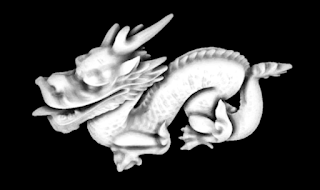2017 Mid-Year Update
I recall that I mentioned in one of my earlier posts, I would make a post about the implementation of Screen Space Directional Occlusion. I apologise for not having the time to do that, but I've now embarked on a journey to learn all of the essentials I need to understand before I delve deep into Computer Graphics. I've been following a couple of MIT OpenCourseWare courses, and I've also purchased a couple of books, of which the most recent is "Real Time Rendering", the Third Edition. It's an amazing book, comprehensively covering a multitude of topics concerning the basics of real time rendering for interactive applications. I recommend it to anyone interested in real time rendering :) This was just a quick update for anyone who's following this blog (though according to the recent activity there's practically no one following the blog, so I guess that means this entire post is just me talking to myself???). See ya!
